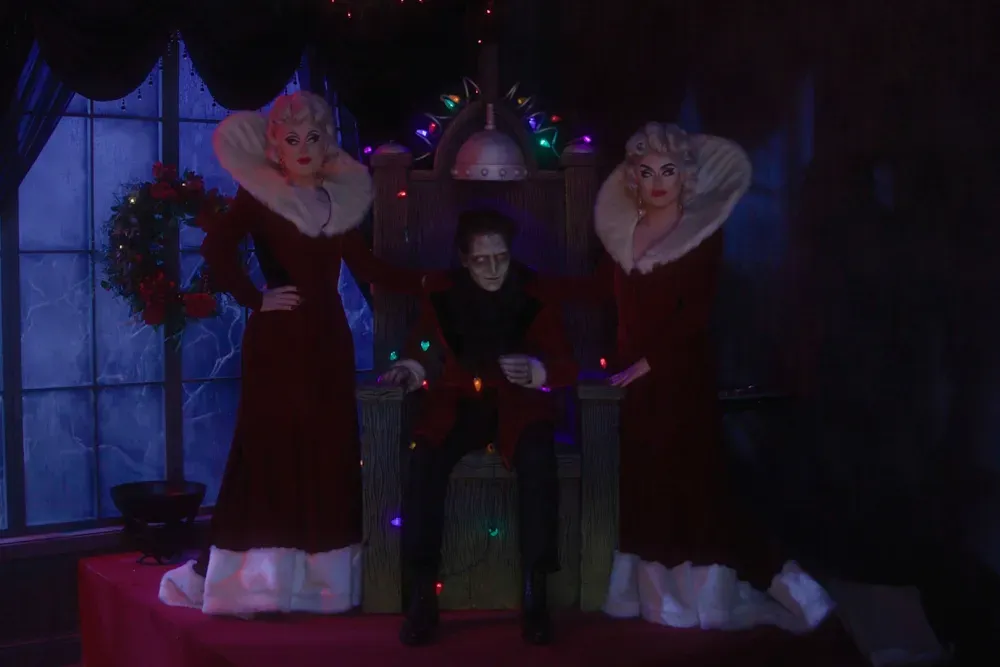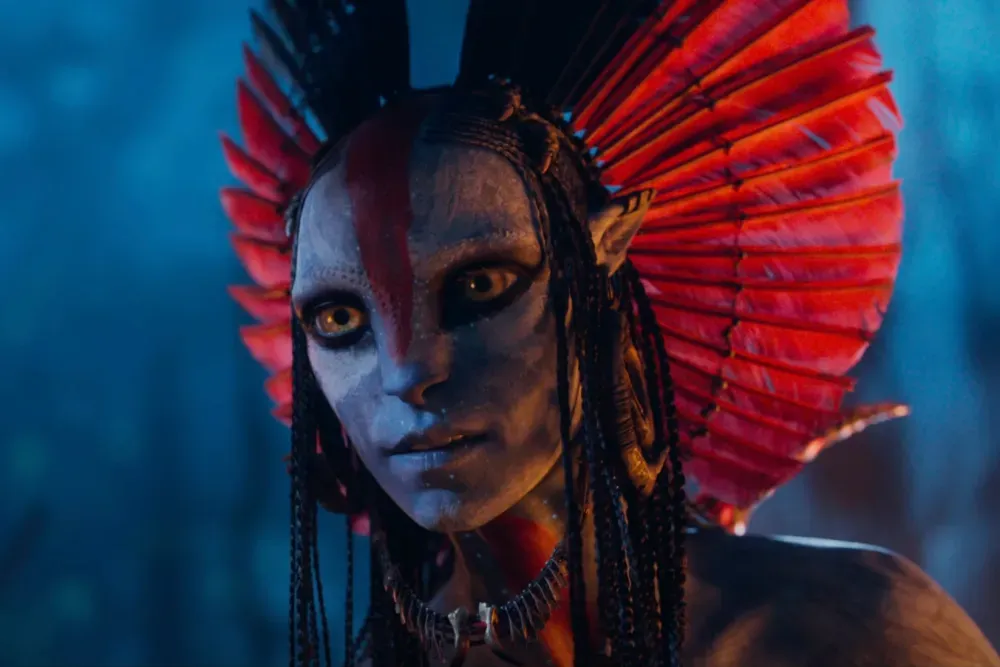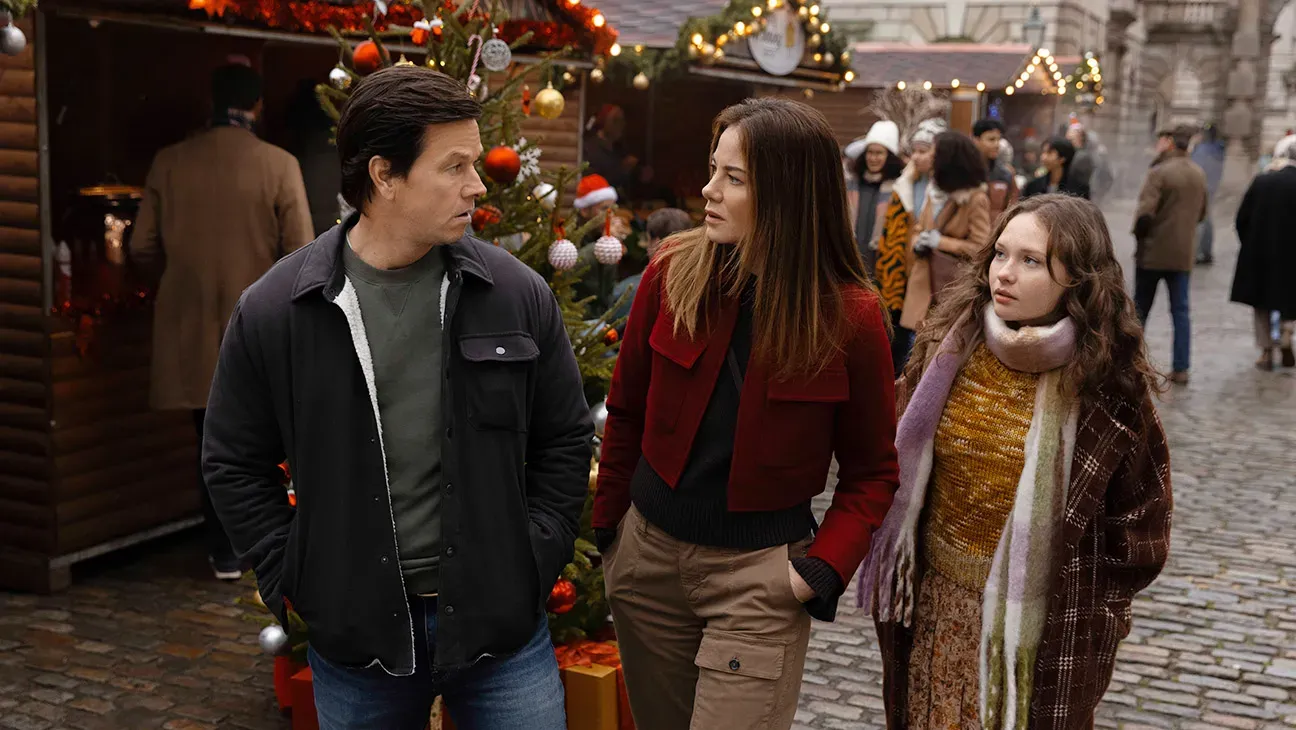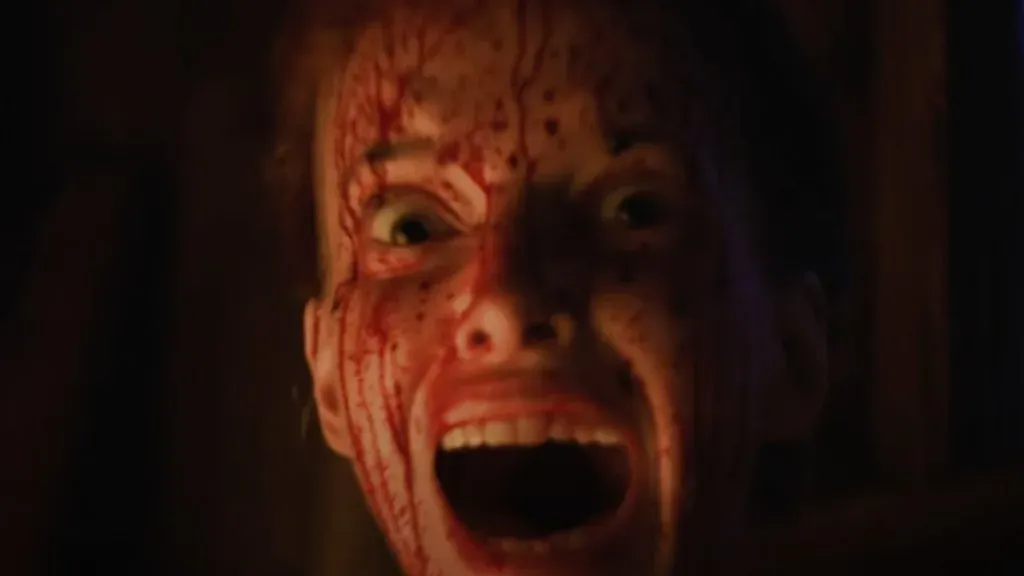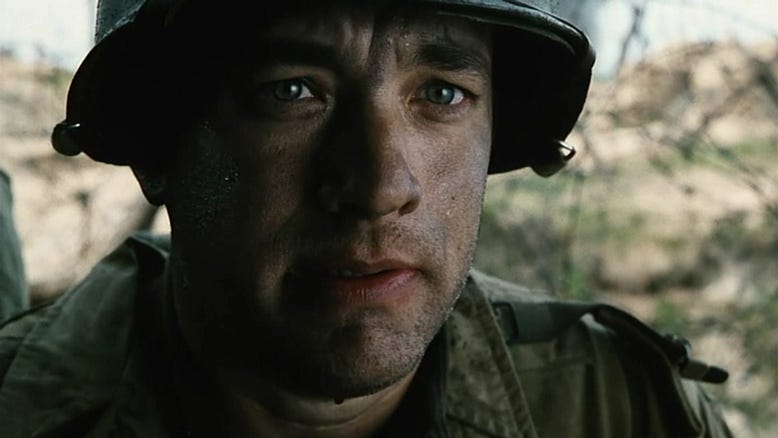
The Resounding Impact of 'Saving Private Ryan' Cinematography on Modern Film
- Aug 20, 2025
For over two decades, Steven Spielberg’s exquisite film ‘Saving Private Ryan’ has been hailed for its realistic, visceral representation of World War II combat. Spielberg used handheld cameras and low angles to spotlight the perspective of Captain John Miller (played by Tom Hanks) and his fellow soldiers, delivering an unflinchingly raw experience of warfare. This unique technique transformed cinema, providing a benchmark for subsequent films.
'Saving Private Ryan’ left a lasting impression on Oren Soffer, the cinematographer of ‘The Creator’. He recalls viewing the iconic film at just 13 years old during a history class. The film’s display of the horrors of war, including graphic scenes that left indelible marks on its audiences, highlighted the transformative power of cinematography and direction.
Soffer recently shared his insights during the Variety 120 Screening Series by Barco, a summer-long program hosted by Jazz Tangcay. Paying tribute to Variety's 120th anniversary, the series screened legendary films like 'Psycho' and 'It's a Wonderful Life' alongside ‘Saving Private Ryan’.
Emphasising Spielberg and his cinematographer Janusz Kaminski's instrumental work, Soffer acclaimed the duo for revolutionizing audience immersion with novel techniques such as handheld cinematography, long lenses, shaky cam and manipulating shutter angles.
Soffer credits Spielberg for setting a precedent for immersive cinematography that later shaped films including ‘The Bourne Identity’ and even Soffer's own film, ‘The Creator’. Spielberg “paved the way” for directors to place audiences in the heat of action, thereby authentically conveying a story's intensity.
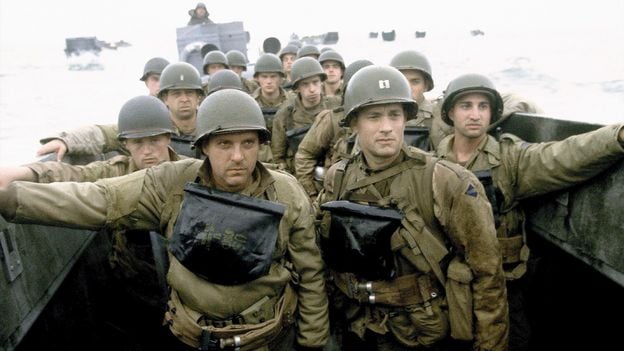
‘The Creator,' directed by Gareth Edwards, is a futuristic sci-fi featuring a clash between humans and AI robots. The film adapted Spielberg’s influential visual style, elevating its realism in a pivotal tank battle scene.
Blood splatter on camera lenses, another groundbreaking Spielberg trope from 'Saving Private Ryan', has been echoed in countless body horror, slasher, and action films, underlining the lingering ramifications of Spielberg's risk-taking.
Unveiling Spielberg’s unique approach dubbed shotlisting, Soffer reveals how the director would adapt scenes improvisationally rather than rigidly adhering to predefined shots, resulting in a spontaneous and intuitive visual style.
In the realm of coloring, Kaminski's trailblazing desaturation technique gave the film a unique, bleak visual atmosphere, underscoring the grim reality of war before the advent of digital color grading.
In sum, Spielberg’s ‘Saving Private Ryan’ continues to reverberate throughout modern cinema by elevating storytelling through innovative cinematography and direction.




